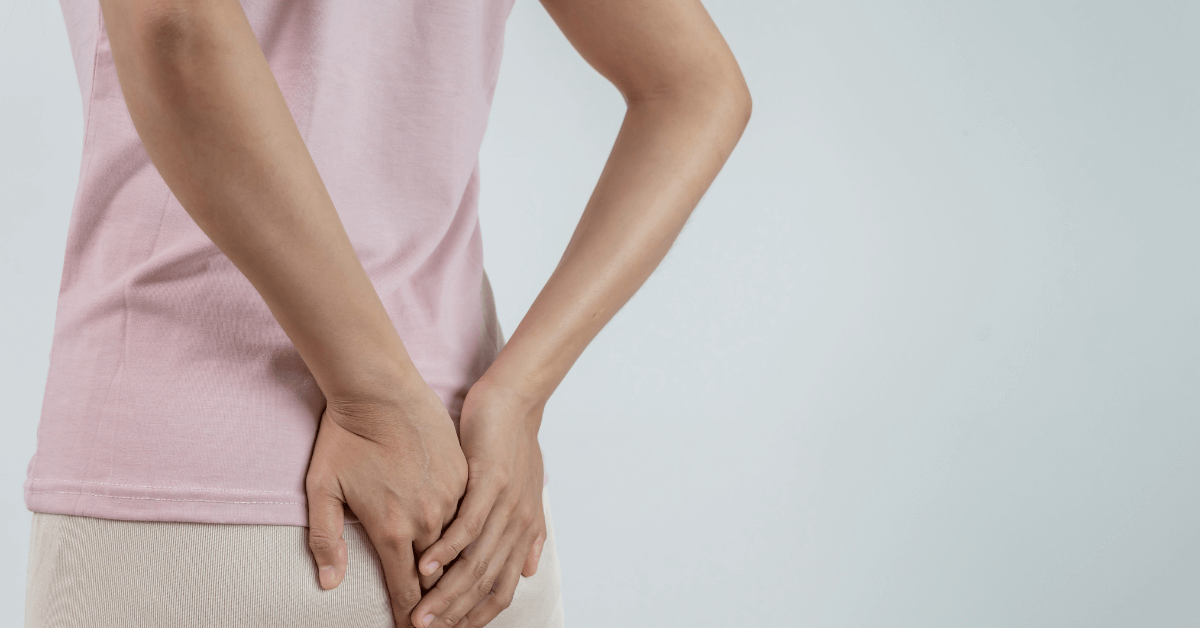When it comes to skin and soft tissue problems, many people confuse a pilonidal cyst vs. abscess. Both conditions often occur near the tailbone and can cause swelling, pain, and drainage. However, they are not the same. Understanding the difference helps patients know when to seek medical attention and what treatment might be best.
At IBI Clinic, our board-certified surgeons treat both pilonidal cysts and abscesses using advanced techniques to provide lasting relief. In this blog, we will break down the differences, highlight symptoms, explain treatments, and guide you on when to get help.
What Is a Pilonidal Cyst?
A pilonidal cyst is a pocket that forms beneath the skin, most often near the cleft of the buttocks. This cyst usually develops because of hair and skin debris that become trapped under the skin. Over time, the body reacts to this trapped material, creating a cyst.
Although not everyone with a pilonidal cyst experiences pain, many do. Symptoms often include redness, swelling, tenderness, or drainage of pus. Without proper care, a pilonidal cyst may keep coming back, turning into a chronic problem.
Causes of Pilonidal Cyst vs. Abscess
Understanding the causes of these two conditions makes it easier to see their differences.
- Pilonidal cyst causes: Often related to hair penetration into the skin, friction from sitting for long periods, and blocked pores. Young adults, people with coarse hair, and those who sit for extended hours are at higher risk.
- Abscess causes: Usually triggered by bacteria entering through a break in the skin, insect bite, or other wound. Abscesses can form in many parts of the body, including the skin, gums, or internal organs.
Although both conditions involve swelling and pus, their root causes are not the same.
Symptoms to Watch For
When comparing pilonidal cyst vs. abscess, symptoms are key.
- Pilonidal cyst symptoms:
- Lump near the tailbone
- Redness or tenderness in the area
- Clear or pus-like drainage
- Possible foul odor
- Pain when sitting or standing
Abscess symptoms:
- Swelling filled with pus
- Intense pain in the area
- Warmth and redness spreading around the swelling
- Fever or chills if infection spreads
Because these symptoms overlap, professional diagnosis is important.
Diagnosis of Pilonidal Cyst vs. Abscess
Doctors diagnose these conditions by examining the area and asking about medical history. In some cases, imaging tests such as ultrasound may be used if the problem is deeper. At IBI Clinic, surgeons carefully assess whether a lump is a pilonidal cyst or an abscess so patients receive the right treatment.
Treatment Options for Pilonidal Cyst
Treating a pilonidal cyst depends on how severe the symptoms are. Mild cases may be managed with:
- Warm compresses
- Good hygiene
- Shaving or laser hair removal around the area
When a cyst becomes painful or keeps returning, surgery may be needed. Surgeons at IBI Clinic remove the cyst and clean the area thoroughly to prevent future infections. Modern surgical methods allow for faster healing and lower recurrence.
Treatment Options for Abscess
An abscess requires prompt medical attention because it involves infection. Doctors usually recommend:
- Incision and drainage: Opening the abscess to release pus and relieve pressure.
- Antibiotics: Used when infection spreads or when patients have weakened immune systems.
- Wound care: Keeping the area clean and changing dressings regularly.
Self-treating an abscess at home is not safe. Medical care ensures proper healing and prevents further infection.
Key Differences Between Pilonidal Cyst vs. Abscess
When you compare these two conditions, several differences stand out:
- A pilonidal cyst is caused by trapped hair and debris, while an abscess is caused by infection.
- Pilonidal cysts usually appear in the buttock crease, but abscesses can appear anywhere in the body.
- Abscesses tend to be more painful and inflamed than pilonidal cysts.
- A pilonidal cyst may remain quiet for a long time, but an abscess almost always requires urgent care.
These differences highlight why accurate diagnosis is important.
When to Seek Help
Knowing when to seek help is vital for both conditions. See a doctor if you notice:
- Increasing pain or swelling near the tailbone
- Persistent or recurrent drainage
- Fever, chills, or spreading redness
- Difficulty sitting or moving because of discomfort
At IBI Clinic, patients receive tailored treatment to prevent recurrence and promote long-term healing. Delaying care may worsen symptoms or increase the chance of complications.
Prevention Tips
Although not every case can be prevented, certain habits lower the risk of developing either condition.
- Maintain good hygiene
- Keep the area near the buttocks clean and dry
- Avoid sitting for very long periods without breaks
- Remove excess hair in the area through shaving or laser hair removal
- Treat small skin infections promptly
These steps reduce the chances of both pilonidal cysts and abscesses developing.
Why Choose IBI Clinic
IBI Clinic stands out because our board-certified surgeons have the expertise to treat complex pilonidal cysts and abscesses. With advanced surgical methods, personalized treatment, and patient-focused care, the clinic ensures high success rates and faster recovery. Patients can trust that every step is taken to provide comfort and long-term relief.
Conclusion
Understanding the difference between pilonidal cyst vs. abscess helps patients recognize symptoms early and seek the right treatment. While pilonidal cysts often result from trapped hair and debris, abscesses stem from infections. Both conditions may cause pain, swelling, and drainage, but abscesses are usually more urgent.
Prompt care at IBI Clinic ensures that patients get the right diagnosis, effective treatment, and strategies to prevent recurrence. If you suspect you have either a pilonidal cyst or an abscess, do not wait. Professional help leads to better outcomes and lasting relief.



